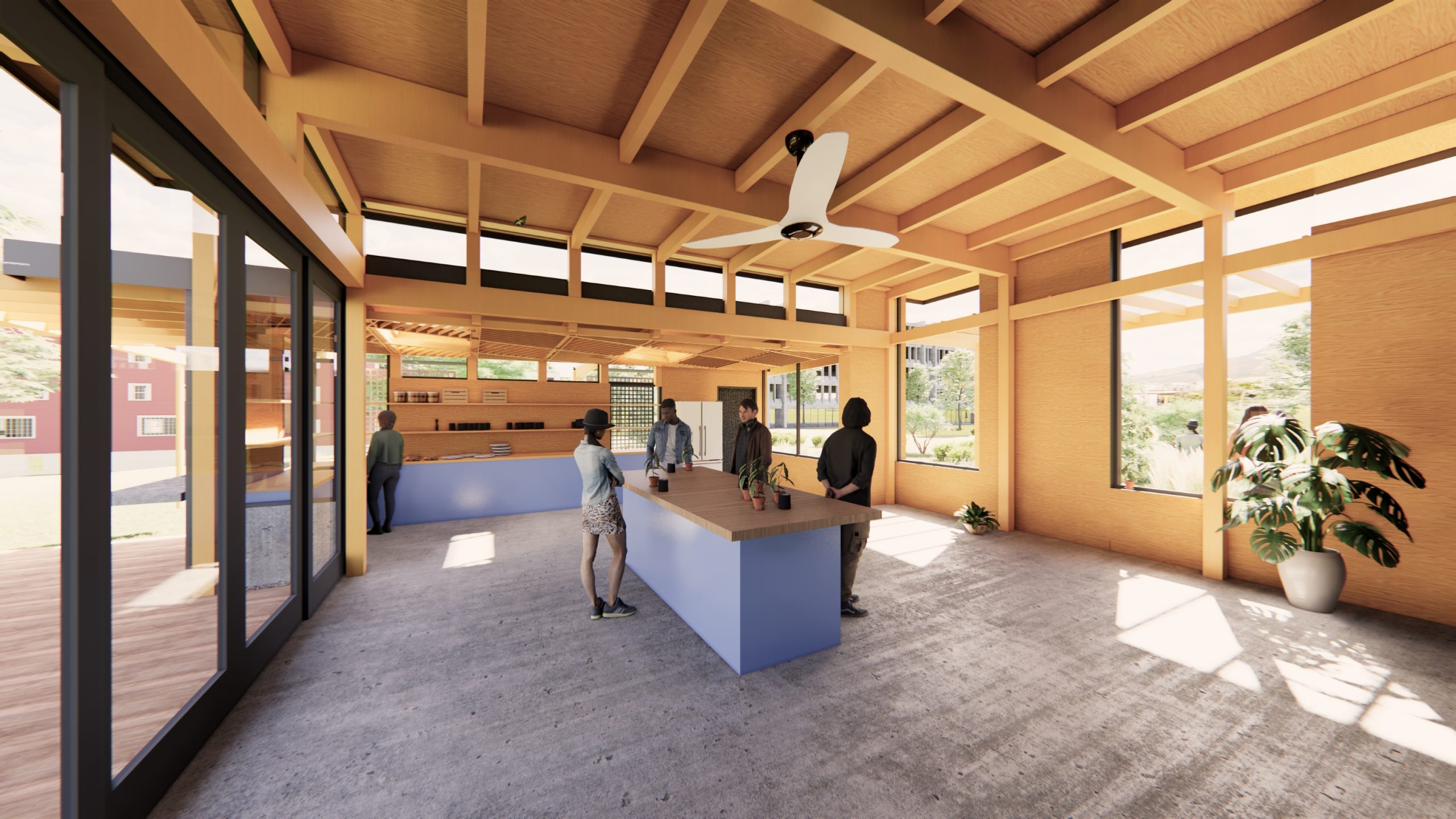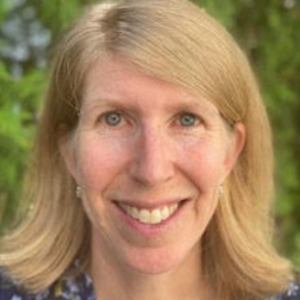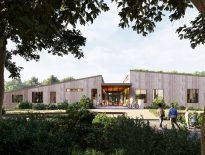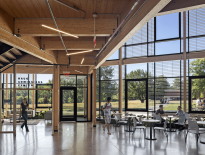Early Adopters of Living Building Challenge® 4.1
In April 2024, Living Future launched three new certification programs: Living Building Challenge® 4.1 (LBC), Zero Carbon Certification™ 1.1 (ZC), and Zero Energy Certification™ 1.1 (ZE). Since July 1, these certifications have been the exclusive options for new project registrations. We checked in with some early adopters to explore why they chose our certifications and what they are learning. Here we focus on three teams pursuing LBC Petal Certification.
Why Choose the Living Building Challenge?
Higher education institutions and not-for-profit organizations are increasingly turning to the Living Building Challenge for its holistic and rigorous framework.
- Higher Education: LBC aligns with sustainability goals, promotes health and wellness, and offers rich opportunities for student and faculty engagement.
- Not-for-Profit Organizations: LBC’s values resonate with climate action, equity, and health priorities, while creating inspiring and cost-effective spaces for employees and visitors.
We spoke to three professionals who have been instrumental in their project registrations:
- Vickie Breemes, CCS, LEED AP, LFA, WELL AP, of Little Diversified Architectural Consulting, leads the firm’s Advanced Building Technologies Team and is a core member of the firm’s Regen CoLab.
- Heather DeGrella, AIA, LEED Fellow, Fitwel Ambassador, and Associate Principal at Opsis, leads the firm’s Sustainable Design efforts.
- Alexandre Courchesne, M.Sc.A, is a consultant to the Conseil Régional de l’Environnement (CRE) de Laval, a co-developer of the project with Village Urbain who will own the future building. and a Research Associate at Polytechnique Montreal. Alex has done LCA work for manufacturers in Canada.
Breemes and DeGrella have pursued Living Future certifications with multiple clients, while Courchesne is working on his first Living Future certification project.
Project Highlights
Catawba College Smokestack Project: Transforming Legacy into Renewal
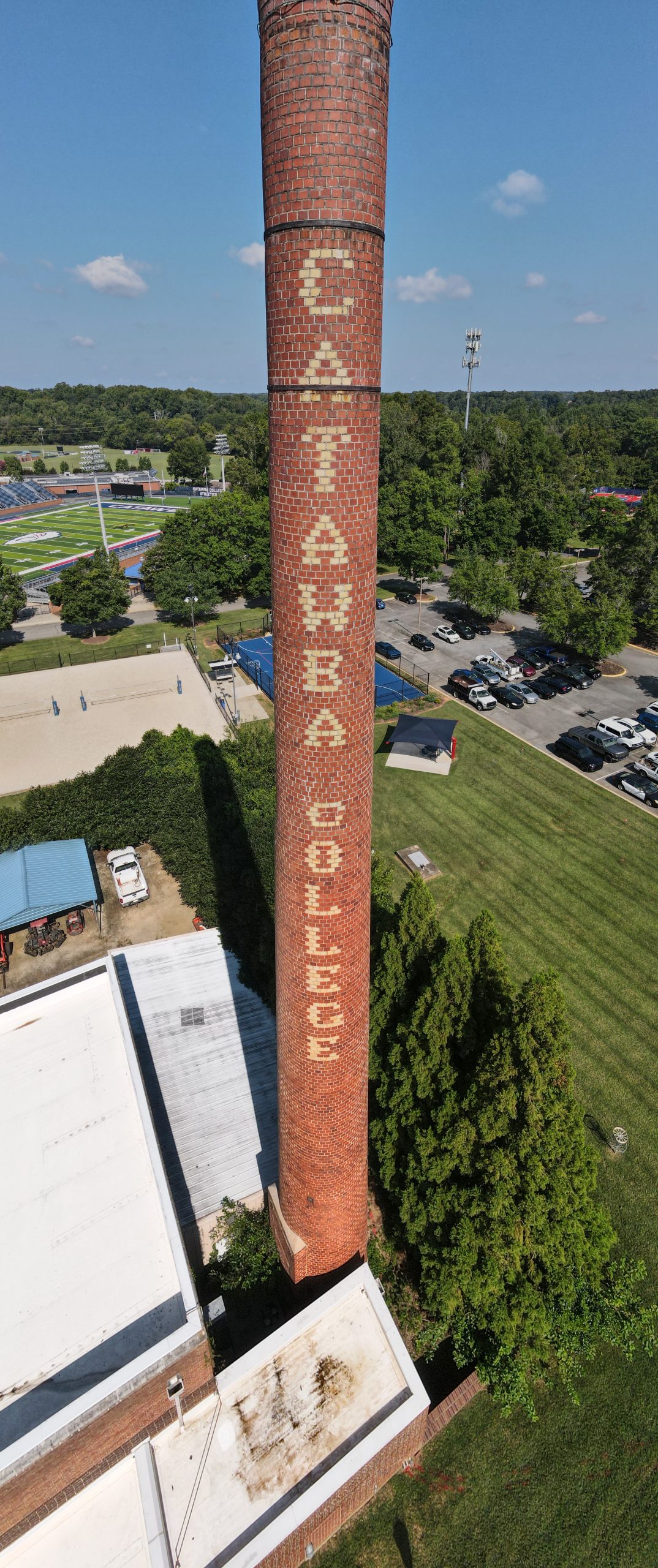
Located in Salisbury, North Carolina, this project involves an addition and renovation of a historic 1950s smokestack building that once housed the campus’s coal-fired power plant. The new building will serve as the central hub for student life. Catawba College is pursuing Living Building Challenge Petal certification, focusing on the Energy and Place petals. Breemes notes that Catawba is the ideal client with an extensive master plan, a centralized geothermal system, and many PV arrays.
Breemes explains that the owner was eager to pursue a market-leading certification to achieve verified, measurable results aligning with their values, particularly their carbon neutrality commitment. While the reuse of the landmark building and moving toward renewable energy were well-understood strategies, a feasibility study was necessary to ensure alignment with LBC’s Core Imperatives. (Author Note: Living Future now offers a pre-registration Core 4.1 Feasibility Checklist to help teams explore their project’s alignment).
To build momentum, Breemes recommends tackling one Petal at a time, fostering buy-in from stakeholders, and engaging contractors early on (particularly for the Materials Petal work) as they tend to fall into business-as-usual design and construction roles that are not conducive to regenerative design and optimal procurement. Breemes has found continuous education of contractors and the design team, as well as fostering collaboration, is key. She recommends site tours of certified projects, encouraging everyone to attend the Living Future conference to learn more from other practitioners, or offering the owner membership to Living Future so they can become excited about their project being part of the movement towards more impactful buildings.
Portland State University’s Oak Savanna and ITECK Center: A Vision for Healing and Resilience
At Portland State University (PSU), the transformation of an urban landscape into an Indigenous Oak Savanna is rooted in student-led research focused on ecological healing, sustainability, and fostering deep cultural connections. The vision includes a new Indigenous Traditional Ecological and Cultural Knowledge (ITECK) Center, designed to blend indoor and outdoor spaces, featuring culturally significant plants and community gathering areas for traditional ceremonies and events.DeGrella highlights the alignment between the ITECK Center’s values and LBC’s mission as a primary reason for choosing LBC Living certification.
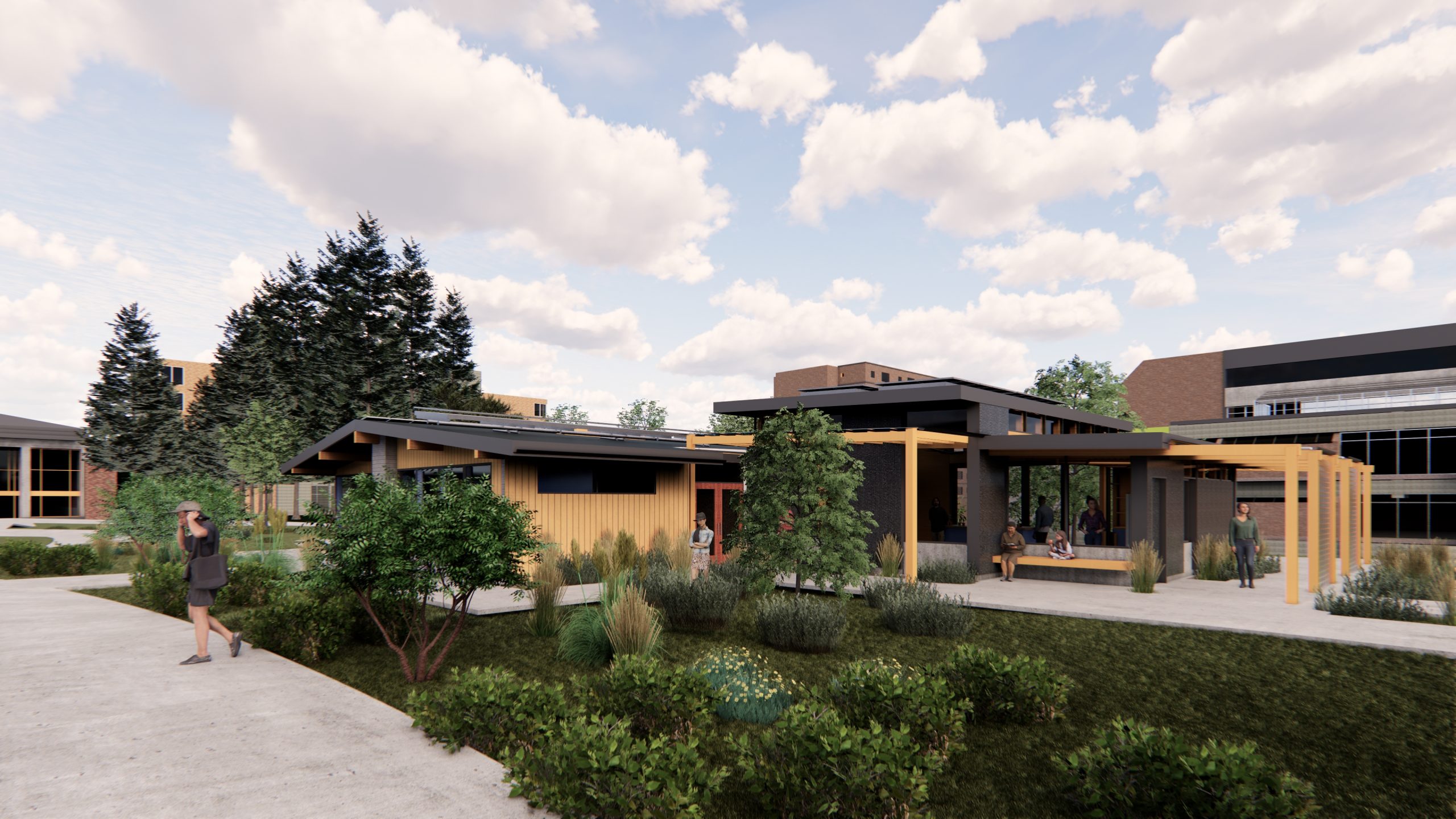
PSU’s team faces challenges balancing the ambitious sustainability goals, particularly concerning the requirements for Net Positive Water, with budget constraints, code requirements, and campus standards. When working with the jurisdiction, the team might need to employ the WT-001 Municipal Water Exception and will explore all options allowed for outflow management. Another aspect of the design that needed consideration is that the design features outdoor programming for fire-related cultural events like salmon roasting, and a research project involving a rocket mass-heated bench that can provide shelter to unhoused individuals. After the complimentary 30-minute meeting with a Buildings team member, Opsis felt confident that they would be able to receive an exception for their use of combustion and registered their project (Author Note: Living Future now offers pre-registration Request for Rulings for teams who want to have accepted pathways before registering). Finally, the team is exploring new and reclaimed materials to navigate the Material Petal requirements.
In addition to the feasibility work, DeGrella uses project case studies with her clients and especially enjoyed using the online virtual tour of the Kendeda Building. She notes that Opsis also uses the Biophilic workshop and framework as an approach on many of their projects, whether pursuing certification or not.
Village Vert: Creating a Replicable Co-Housing Model in Laval, Canada
Outside of higher education, the Village Vert is reimagining co-housing in Laval, Quebec, designed to tackle affordable housing challenges while fostering a strong sense of community and social networks. This project will feature 150 apartments, including affordable and market-rate units, commercial spaces, and community amenities.
Courchesne notes that the project’s not-for-profit developers chose LBC because it is recognized as the toughest sustainability certification in Canada, and aligns with their core values. The project is targeting Core Certification due to budget considerations but will explore the possibility of achieving Water and Energy Petals. A significant challenge lies in the project’s pursuit of Inclusion requirements under the JUST label—still in its early stages in Canada—but the team is exploring solutions by encouraging subcontractors to pursue the label and reviewing the Just database to discover if there are potential partners who might already have a label that can count toward the requirement.
Notably, the project is leveraging the readily available FSC wood, which will also contribute to the project’s carbon reduction goals. The previously developed site, located in a targeted densification zone, will integrate stormwater management through the on-site catchment and will improve the site’s ecological functioning over the baseline site (which is currently developed).
Achieving Success with the Living Building Challenge
Whether you’re working on adaptive reuse, cultural restoration, or affordable housing, the Living Building Challenge offers a robust framework to inspire innovation, foster sustainability, and align with your mission.
Tips for LBC Success:
- Start with a feasibility study to align project goals with LBC imperatives.
- Build stakeholder engagement through continuous education and collaboration.
- Leverage resources like virtual project tours and Living Future membership to gain inspiration.
Take the First Step Towards the Living Building Challenge
Are you ready to embrace the transformative potential of the Living Building Challenge? Explore our certification programs, download free manuals, and connect with our team to start your journey toward creating a Living Building.
Cover photo: ITECK Interior, earth room. Photo courtesy of Opsis Architecture.
